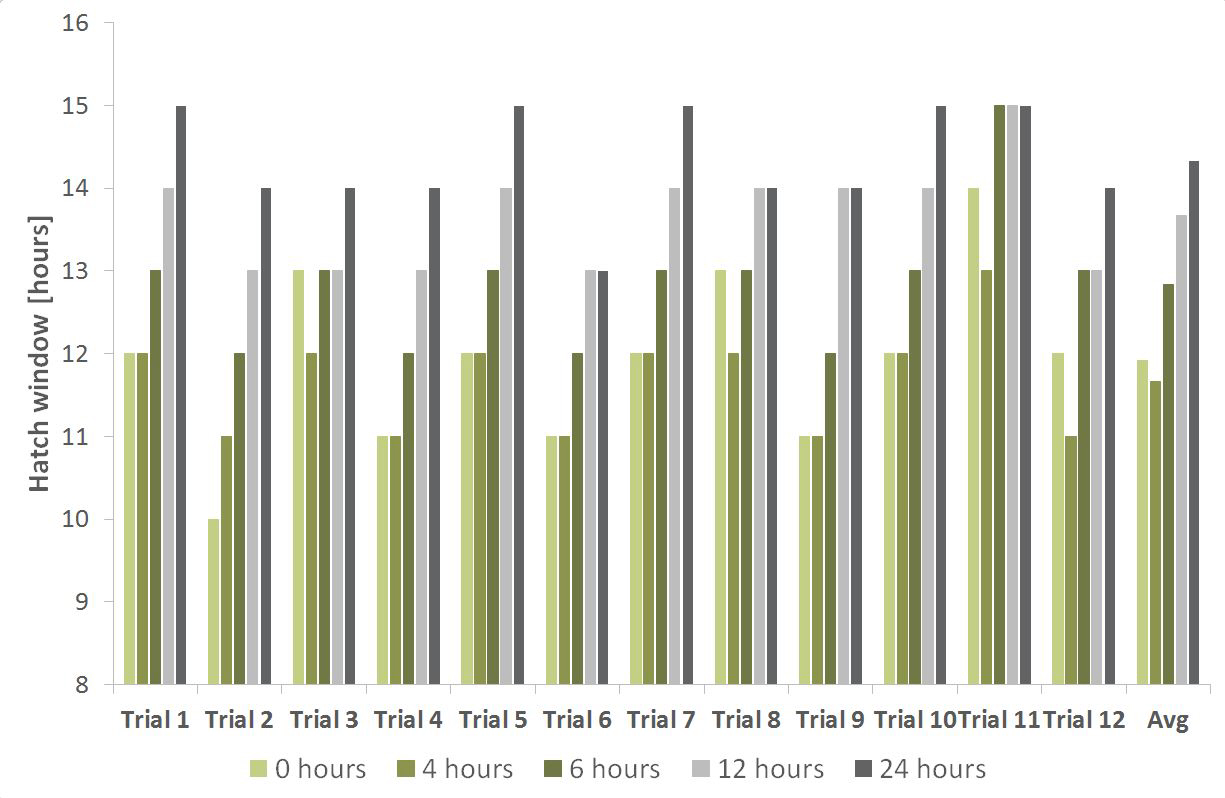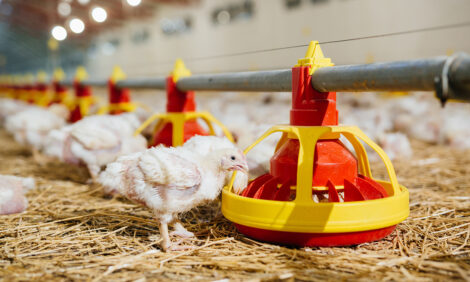



Egg Pre-heating in Modern Single-stage Hatcheries
A review of pre-heating eggs prior to single-stage incubation from Petersime.Pre-heating the eggs before setting is an important step in the incubation cycle. In the field, there have been many examples whereby early embryonic death, poor hatching timing, excessive hatch spread and embryonic malformation have been caused by poor pre-heating.
With the industry now seeing significant gains through the optimisation of single-stage incubation, there has been a need to review the practice of pre-heating.
Multi-stage incubation
Historically, the preferred choice of the vast majority of large scale commercial hatcheries has been the multi-stage method of incubation. This method utilises the mutually conductive combination of endothermic developmental embryos and exothermic growing embryos in order to maintain acceptable incubation conditions.
When new eggs are set into a multi-stage system, pre-heating is essential in order to avoid temperature instability and possible damaging condensation.
Pre-heating time in single-stage incubation
The pre-heating step in a single-stage system should increase the temperature of the egg in order to avoid condensation on the egg shell surface during incubation.
Comparative trails have been undertaken using a modern single-stage incubation system. The hatch window was recorded in function of different pre-heating times for different batches of eggs. The duration of the hatch window was calculated by means of humidity peak detection signals (external pipping) and internal pipping signals. Pre-heating was operated in the setter room corridor directly after storage.

The results show that a pre-heating time of four hours has a narrow hatch window. When the pre-heating time increases, the hatch window is widening by two to four hours. Little effect was recorded in hatch of fertile (HOF = hatch of fertile) performance, with no more than 0.18 per cent variance in the results.
Conclusion
Pre-heating in single-stage systems can prevent condensation on the eggs shell surface during initial warm up.
However, extended pre-heating times are no longer necessary. A short pre-heating time results in a narrow hatch window, which leads to uniform and qualitative day-old chicks.
May 2015








